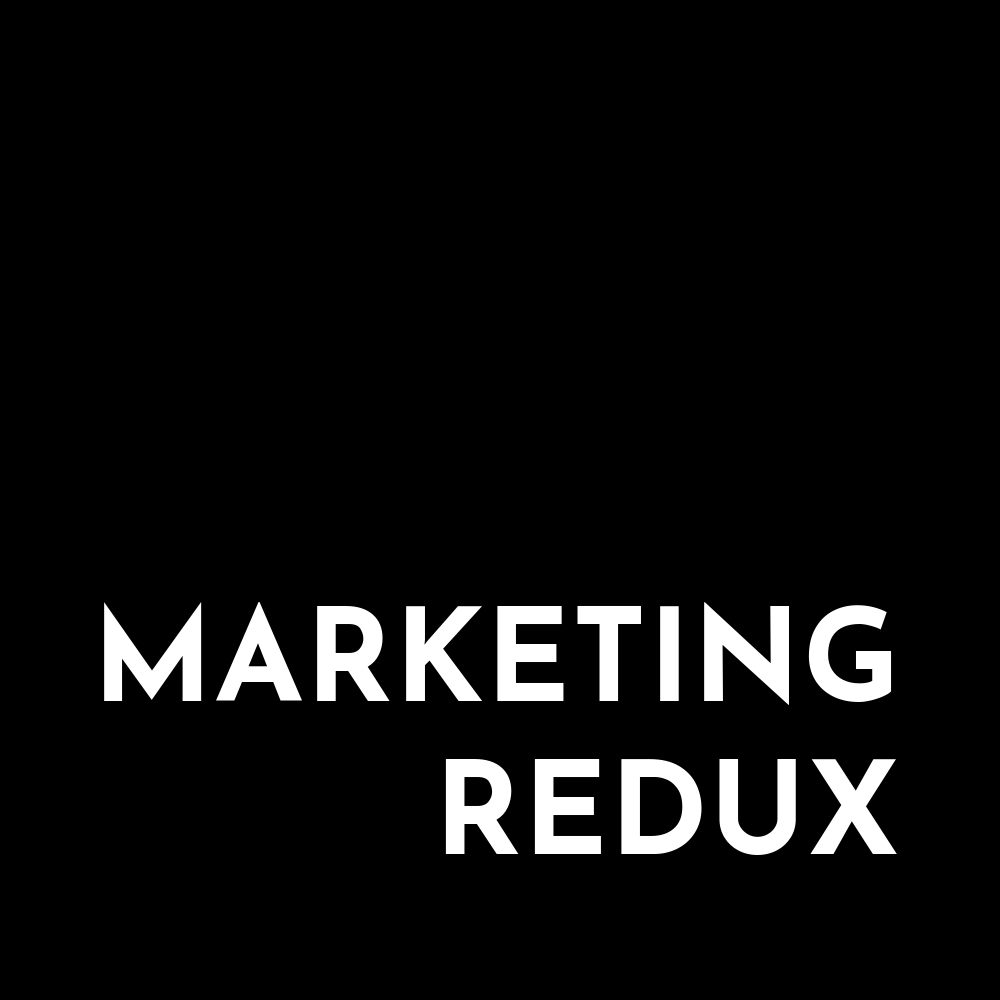AIDA marketing method is a simple approach to the customer journey in moving a customer from awareness to converting. AIDA is an acronym for attention, interest, desire, and action. Using this is often applied to writing ad copy, landing pages, and video content. AIDA does fail to address retention, which has been an
Attention
Attention is by far one of the most important aspects of this model. Without awareness, no matter how great the product, fantastic the service, or amazing the results, you won’t stay in business for long without the customer even hearing of your product. Attracting attention demands that your ideal customer becomes aware of the product/service. Some examples of this would be oversized print ads, a display ad that interrupts the flow of an article, an advertisement that shows in the middle of a video. The attention grabber that gets people to take notice.
Attention Questions to Get Started
- Who is the ideal customer(s) & how do you reach them (print, text ads, display ads, chatbots, video ads)?
- What is the message that compels them to view or stay engaged?
Interest
The content of any marketing should move the ideal customer from awareness to interest. The use of messaging, imagery, and context can all play an important part in this process. The result should create a certain affinity for the product that sparks further research.
Interest:
- What are the benefits or features of the products or service?
- Is there social proof?
- Are there objections and how are they answered?
Desire
Desire is an emotional appeal that motivates the consumer to want the products. Brands may use an appeal to basic, psychological, or self-fulfillment needs to motivate desire. Basic needs are motivated by hunger and thirst or feeling secure and safe. Psychological needs are feelings of belonging to a community or esteem that a person has for achievement. Self-fulfillment needs are motivated by self-actualization and often speaks to the ego of the consumer. Desire is the result of capitalizing on these needs.
Questions to help activate desire
- Which category of need does my product/service fit?
- What is the message that speaks to that need?
- Is there an emotion or benefit that can be used to compel desire in the viewer?
Action
Pushing a consumer to action is challenging even after inducing a desire for the product. Time, money, and context can prevent someone from taking action. Using action words such as Download my free whitepaper or Sign up to receive 10% Off are both examples of calls to action.
Questions to aid action
- What is the motivation to buy?
- What must they do to take action? (Sign-up, visit a store, call, etc)
- Is the call to action clear?
- Is the position of the call to action accessible?
- Does the action satisfy the desire?
AIDA is useful and can help you approach advertising with an objective. Use these elements to improve how you communicate with your customers. With clear objectives it becomes easier to effectively communicate and convert your ideal customer.

